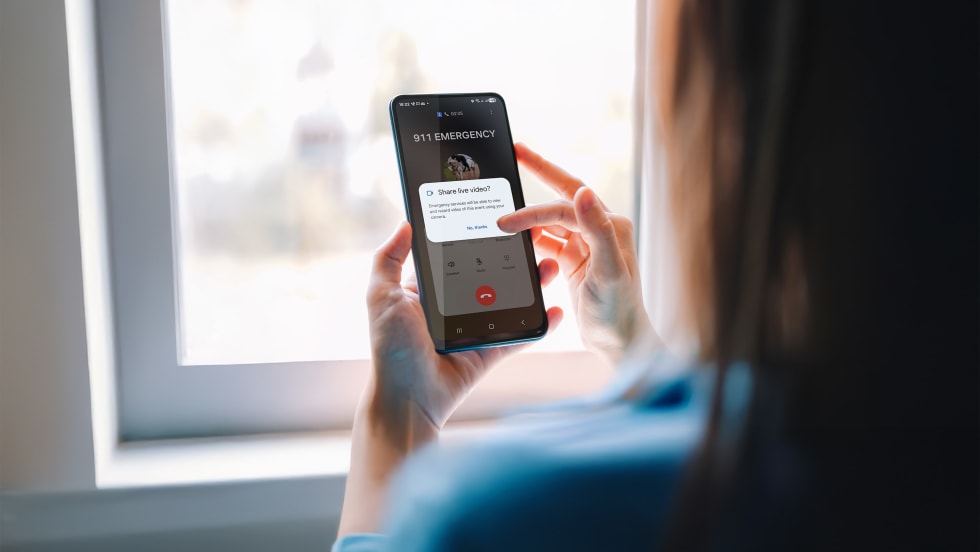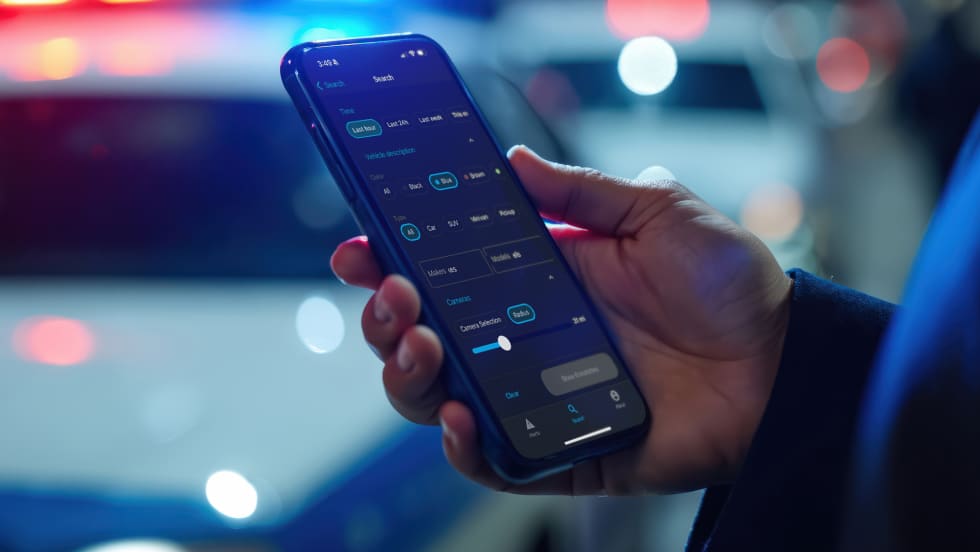Success Stories
Many of the greatest successes of facial recognition technology will probably never be revealed to the public since the technology is widely used by the Department of Homeland Security in terrorism prevention. But every day, facial recognition systems are helping law enforcement agencies identify the bad guys and close cases.
In 2014, the FBI was able to arrest a child abuse and kidnapping suspect on the lam in Asia with the aid of the State Department's Diplomatic Security Service, which had scanned FBI Most Wanted posters into its facial recognition system. A scan of the suspect's poster matched a passport photo of an individual traveling in Nepal under another name.
The Sacramento County (CA) Sheriff's Office announced this year that it was expanding its facial recognition program to 500 licenses. The agency has used Vigilant Solutions' FaceSearch to great success. "Over the past year we have made as many as 35 criminal identifications resulting from its use," says Sgt. Kyle Hoertsch. "Two notable cases are the identification of a cold case homicide suspect on the first day of use, and the identification of another individual on a routine traffic stop. The gentleman was covered in prison tattoos, did not have a valid ID, and the name he provided to us included the name of a famous actor as the middle and last names. Upon taking his photo using the mobile app, we were returned a list of possible matches within about two seconds. Upon review of the possible matches, the officer on patrol was able to visually confirm that the gentleman was indeed the same person seen in a 2006 booking photo out of Ohio."
The NYPD operates its facial recognition system from the department's Real Time Crime Center. The unit has to date conducted 8,500 facial recognition investigations, yielding 3,000 possible matches, and leading to almost 2,000 arrests.












